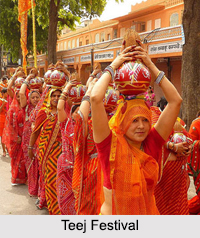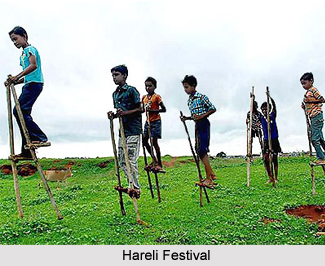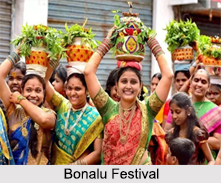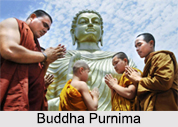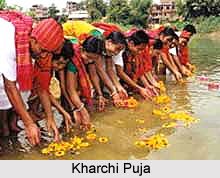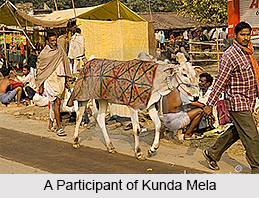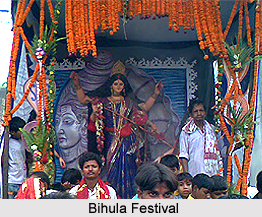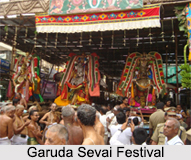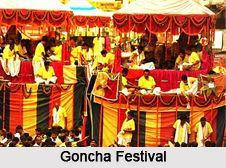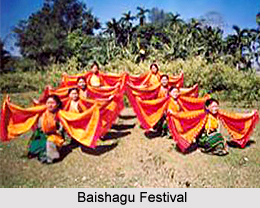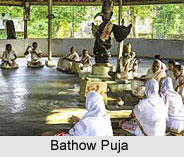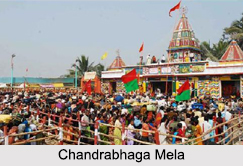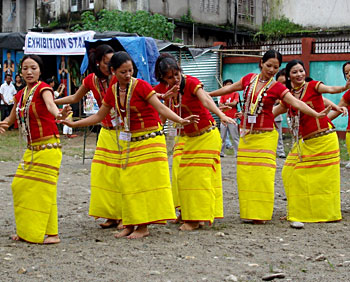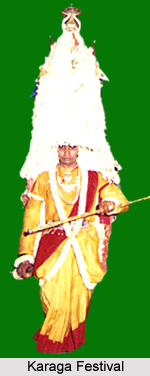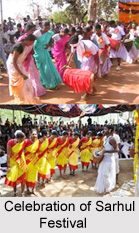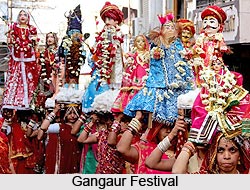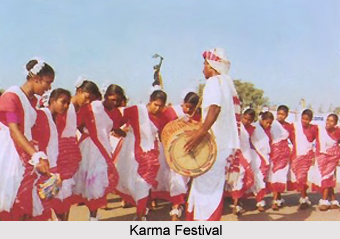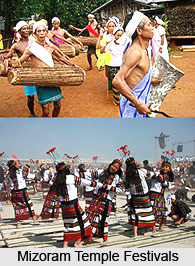 Mizoram temple festivals are some of the joyous events of the state and the festivals are well blended with the religion and culture of the Mizoram people. In Mizoram, there are three main religious festivals celebrated in a year. In Mizo language, festivals are called "Kut" and the three Kuts are Chapchar Kut, Mim Kut and Pawl Kut. All the three festivals are closely associated with agricultural activities. The festivals are celebrated with some pious ceremonies, feasts and dances.
Mizoram temple festivals are some of the joyous events of the state and the festivals are well blended with the religion and culture of the Mizoram people. In Mizoram, there are three main religious festivals celebrated in a year. In Mizo language, festivals are called "Kut" and the three Kuts are Chapchar Kut, Mim Kut and Pawl Kut. All the three festivals are closely associated with agricultural activities. The festivals are celebrated with some pious ceremonies, feasts and dances.
Main temples festivals of Mizoram
Temple festivals in Mizoram reflect the tribal culture and lifestyle. Most of these festivals are celebrated during the arrival of the spring and dates back to the history of the region which make them an important part of the tradition.
Chapchar Kut
Chapchar Kut is celebrated after completion of the cutting of jhums. It is a thanksgiving festival. The villagers faced many dangers and difficulties while cutting down dense forests with their simple Daos and axes. After achieving success in clearing grounds for agriculture, they pray to God and complete some offering rituals in the form of thanksgiving. They organise a big feast in the month of March to celebrate the success in jhum cutting. The festival continues for seven days and even more if the villagers could afford it. A few days before the day of the festival is fixed, the hunting parties from the village go out in the forests and rivers for hunting wild animals, trapping birds and catching fish. On this occasion, Zu - their much-loved drink is brewed in a large quantity.
On the first day of the Mizoram temple festival, the members of the chief"s clan kill pigs for the feast. Pork in big quantities is eaten and lot of Zu is consumed. This day is called Lushai Vawk Tlah Ni, which literally means the day on which the Lushias kill pigs as offerings to the God in temples. The festival is grandly observed in the state with the passionate participation of people from all age groups.
Mim Kut
Mim Kut is another famous festival of Mizoram which celebrates the harvesting of the maize crop, and pays respect to the ancestors. It is usually celebrated during the months of August and September, after the harvest of maize. It is also known as Tah Kut, which means "festival of reaping". The festival is regarded as the oldest festival of Mizoram and was originally a ceremony organized for the dead. These offerings include fresh vegetables, maize, bread and necklaces. Often clothes are also dedicated in their memories.
Pawl Kut
Pawl Kut is celebrated for two whole days during the months of December and January, and is counted among the popular festivals celebrated in Mizoram. It celebrates the great harvest of straw and is considered to be somewhat similar to thanksgiving. Rice beer is greatly relished by the people during this festival. It is believed that souls of the ancestors visit the houses of their children and relatives, special offerings are made for them.
